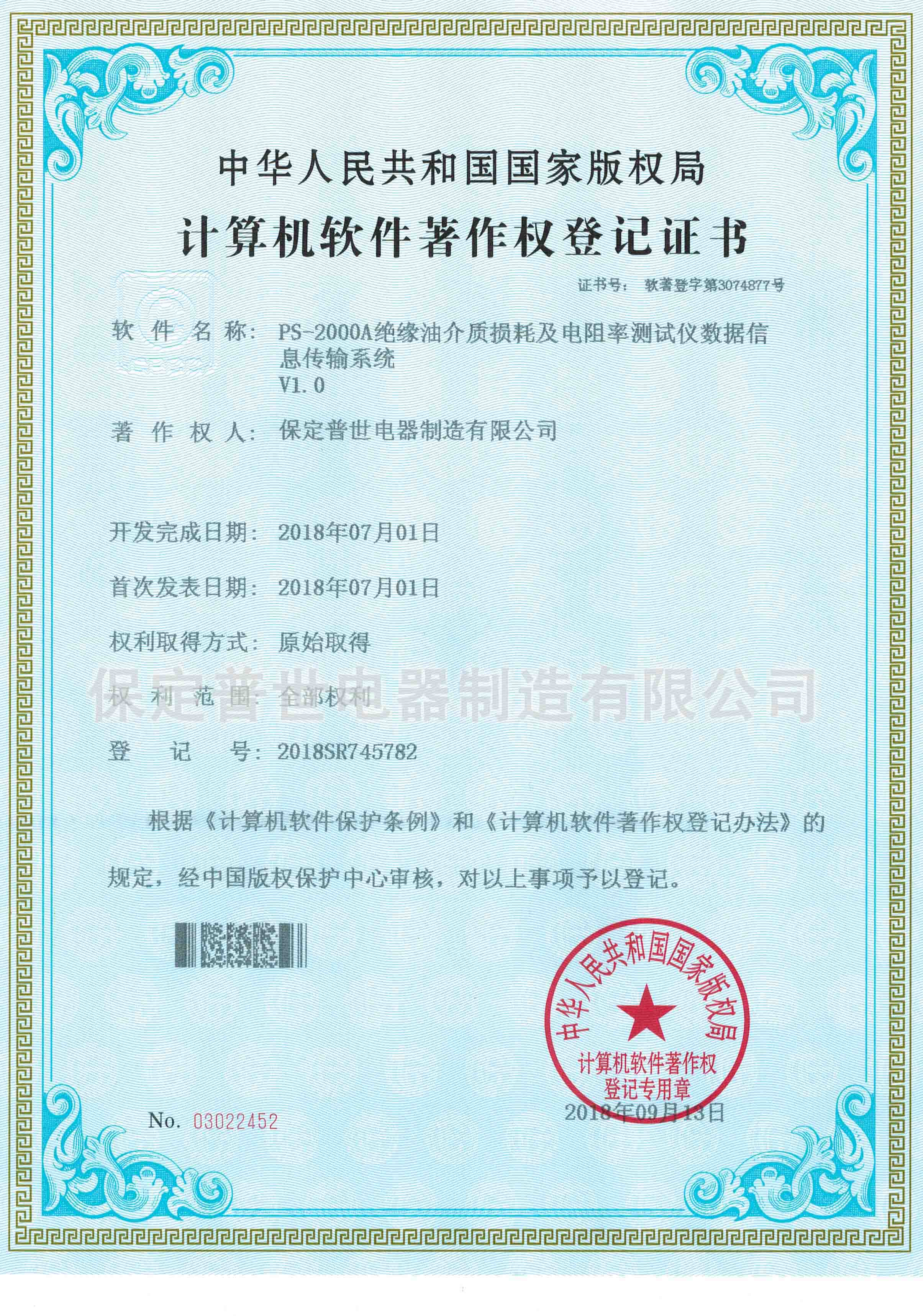 English
English


lightning impulse test of transformer
Lightning Impulse Test of Transformers
Transformers play a crucial role in electrical power systems, facilitating the transmission and distribution of electricity over vast distances. To ensure their reliability and performance, rigorous testing methods are employed, one of which is the lightning impulse test. This test simulates the voltage surges caused by lightning strikes or switching operations, helping to evaluate the design and insulation integrity of transformers.
The lightning impulse test is primarily aimed at assessing the transformer’s ability to withstand high-voltage transients. During the test, a standardized lightning impulse waveform is applied to the transformer. This waveform typically consists of a fast-rising front followed by a slower decay, reflecting the characteristics of a lightning strike. The test is performed by generating a high-voltage impulse using a specialized testing device capable of producing voltages in the range of hundreds of kilovolts.
One important aspect of the lightning impulse test is the preparation of the transformer. The transformer is first insulated and connected to a testing facility that includes a discharge circuit, a measuring device, and safety equipment to protect operators from high-voltage hazards. The transformer’s terminals are connected to the impulse generator, and special care is taken to ensure that all connections are secure and insulated.
Once the setup is complete, the testing procedure begins. The impulse generator is activated, producing a high-voltage pulse that is applied to the transformer. During the test, the transformer must withstand the applied voltage without any breakdown of insulation or operational failure. Monitoring equipment records the response of the transformer, capturing vital data about its performance under stress.
lightning impulse test of transformer

The results of the lightning impulse test provide essential insights into the insulation system’s effectiveness. A successful test indicates that the transformer can handle transient voltages safely, minimizing risks during its operational life. If the transformer fails the test, it may indicate potential weaknesses in the design or construction that need to be addressed before the transformer can be put into service.
In addition to verifying insulation performance, the lightning impulse test can also reveal information about the internal design of the transformer, including the quality of materials used and the overall robustness of the construction. Manufacturers use the data from these tests to improve transformer designs and enhance reliability in the field.
Furthermore, regulatory bodies often require that transformers undergo lightning impulse testing as part of compliance with international standards. These standards help ensure that transformers are not only effective but also safe for operation in the presence of electrical surges caused by lightning or switching activities.
In conclusion, the lightning impulse test is a vital procedure for evaluating the performance and safety of transformers. By simulating real-world voltage surges, this test helps ensure that transformers can withstand the challenges posed by transient voltages, ultimately contributing to the stability and reliability of electrical power systems.
-
Differences between open cup flash point tester and closed cup flash point testerNewsOct.31,2024
-
The Reliable Load Tap ChangerNewsOct.23,2024
-
The Essential Guide to Hipot TestersNewsOct.23,2024
-
The Digital Insulation TesterNewsOct.23,2024
-
The Best Earth Loop Impedance Tester for SaleNewsOct.23,2024
-
Tan Delta Tester--The Essential Tool for Electrical Insulation TestingNewsOct.23,2024





